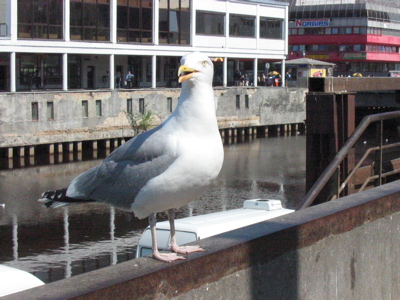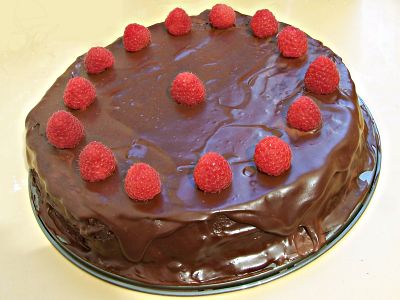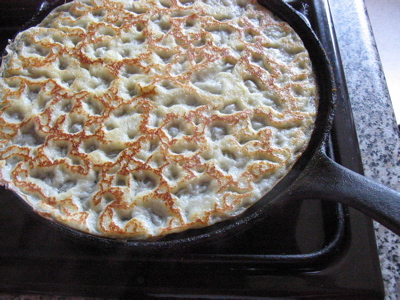
Cheesemaking is a lot like kendo – all it is is hitting people with a big stick – but it requires so much heart to do it properly. If you really want to learn as much about cheese as you can learn without touching milk, you should go and read the first chapter of Harold McGee’s On Food and Cooking. What follows is a brief, technical but hopefully readable description of the basic steps involved in turning milk into cheese. Another article will follow, discussing the less visible aspects of this process.
Start by milking your cows. You are now in possession of the two key components of cheese – insoluble protein and bacteria. Unfortunately, you’re also in possession of a number of other things which you don’t really want – chiefly water, soluble protein and more bacteria. Everything we do from here on out will essentially be about separating these two groups.
The milk is collected in a large temperature controlled vat, and some of yesterday’s whey is used to seed it with lactobacteria, which cause it to acidify. Between the large seed colony of lactobacteria and the rapid acidification of the milk, other, undesirable bacteria don’t stand a chance, being either killed by the rising acidity (in which lactobacteria thrive), or out-multiplied by the (thriving) lactobacteria.
Looked at another way, removing water from milk is the same thing as removing the solid stuff from milk. The solid stuff in milk consists largely of insoluble proteins and fats. We could theoretically filter them out molecule by molecule, but it’s much simpler to make all these millions of little molecules into much larger clumps and deal with those instead. On a molecular level, we’re essentially making dust into dust bunnies.
Given enough time, souring of milk by bacterial action will cause the insoluble proteins to clump together, but this results in a curd structure unsuitable for most cheeses. Instead, we accelerate the process by adding rennet, an extract of a calf’s stomach which basically makes it easier for proteins to clump.1 Rennet causes the vat of milk to form a very fine network of protein strands, what looks like a single, soft, 60-gallon mass, in which fats and water and solutes are trapped rather than actually chemically integrated, much as dust bunnies have unidentifiable particles suspended inside. These particles of solution are whey.
As soon as the curd sets, we cut it using a cheese harp, which looks either like a zither, or giant egg cutter, depending on how poetic you’re feeling. Cutting the curd, a controlled destruction of the protein network, begins the process of releasing whey, and soon enough the curd is aswim in a lake of whey. We stir the curds and whey, and the gentle agitation causes the curds to expel even more whey. Controlling how firm the curd is when it’s cut, how finely it is cut, and how much whey is expelled from the curd after cutting, is one of the main ways of controlling the final texture of the cheese.2
We drain the curd and pour it into moulds, of varying size and porousness, and leave it to drain, overnight or longer, flipping it from time to time to encourage the even distribution of liquid in the cheese. The next day, we salt it, then sit it in front of a fan to dry and allow the salt to be absorbed – and then the magic begins.
(more…)






